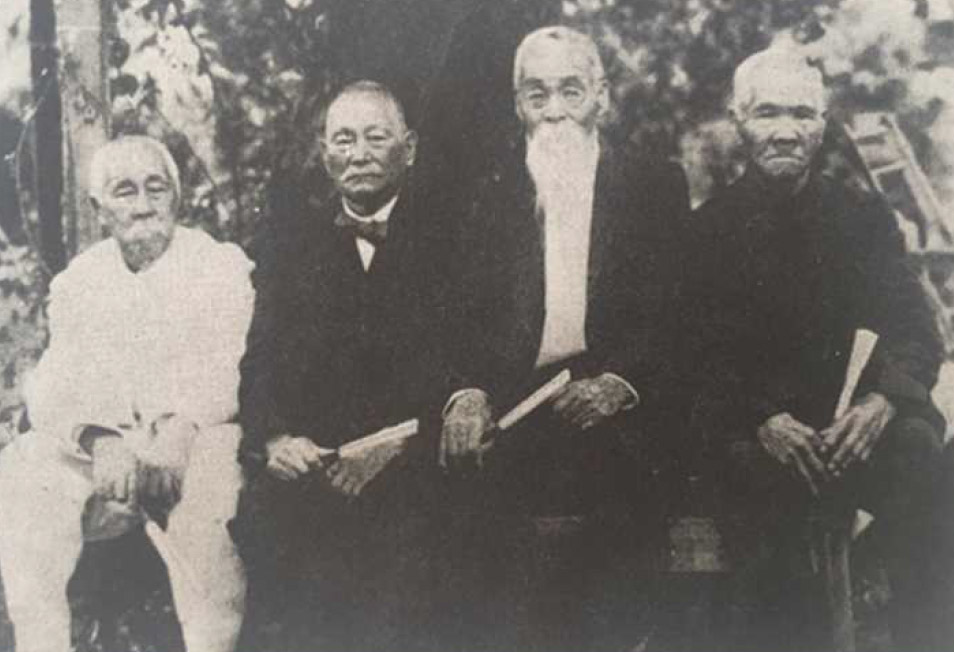The Gannenmono were a group of approximately 150 Japanese who emigrated to Hawai’i in 1868 to serve as migrant workers on sugar plantations, work for which they each signed 3-year contracts. Although they were not the first Japanese people to visit Hawai’i, some of them eventually became the first to settle in Hawai’i, and today we call them gannenmono (lit. “people of the first year”) because of their departure from Japan and arrival in Hawai’i in 1868, the first year (gannen) of the new era of Meiji.
1868 Departure of first Japanese Emigrants to Hawaii
Having received permission to go abroad from the Edo shogunate, they prepared to leave Yokohama in the spring of 1868, but the political turmoil of that time soon resulted in the overthrow of the shogunate, and the courts of the new Meiji government did not consider their travel documents to be legally valid anymore, and they were denied permission to leave the country. Their recruiter, Eugene Van Reed, appealed this decision to no avail, and so he ordered their ship to put to sea without any legal authorization from the Meiji government, which soon became the source of a diplomatic controversy between the governments of Japan and the Kingdom of Hawai’i. Among those who left Yokohama aboard this ship were a group of about 40 who were bound for the island of Guam, in addition to the nearly 150 bound for Hawai’i. Among the almost 200 migrants aboard ship were people from various social backgrounds, including farmers, but most of them not well prepared for the rigors of plantation labor. Their group is known to have also included artists, hairdressers, cooks, and at least one samurai.
1871 What happened to the Gannenmono after the end of their contract term
After complaints of brutal conditions and low pay, the Meiji government dispatched an official to investigate the situation, and he helped to secure an agreement with the Kingdom of Hawaii on January 11, 1870, in which Japan’s Meiji government agreed to pay for the return passage of 40 of the Gannenmono back to Japan, and in this way, the diplomatic controversy between the two countries was resolved. Eventually, a total of 54 returned after completing their contracts, and among those who did not return to Japan, nearly half of them moved to the United States, while the rest chose to settle down in Hawaii.

